By Margaret Farley Steele
It was 12 years ago that a German patient was seemingly cured of HIV. Now doctors in the United Kingdom believe they’ve finally duplicated that success, this time in a 40-year-old Englishman.
Adam Castillejo was known until recently only as the “London patient.” Now, after surviving years of grueling treatments, he says he sees himself as an “ambassador of hope” for others.
One of the U.K. doctors, Dr. Ravindra Gupta of University College London, called the new case a game-changer. “Everybody believed after the Berlin patient that you needed to nearly die basically to cure HIV, but now maybe you don’t,” Gupta told the Times.
Although his doctors publicly describe his case as a long-term remission, experts in interviews have called it a cure for the AIDS-causing virus, according to a report in The New York Times.
“This will inspire people that cure is not a dream,” said Dr. Annemarie Wensing, a virologist at the University Medical Center Utrecht in the Netherlands. “It’s reachable,” she told the Times.
Castillejo’s transplant was in May 2016. He has been off anti-HIV drugs since September 2017. He and Brown are the only patients known to have stayed HIV-free for more than a year after quitting the drugs.
To be cured of both cancer and HIV was “surreal,” Castillejo told the newspaper. “I never thought that there would be a cure during my lifetime.”
Details of the new case, to be published March 10 in Nature, were scheduled for presentation at this week’s Conference on Retroviruses and Opportunistic Infections, in Seattle.
Brown, whose case was described in 2007, is now 52 and living in Palm Springs, California.
He was far sicker after his procedures than Castillejo, and nearly died.
WEBMD




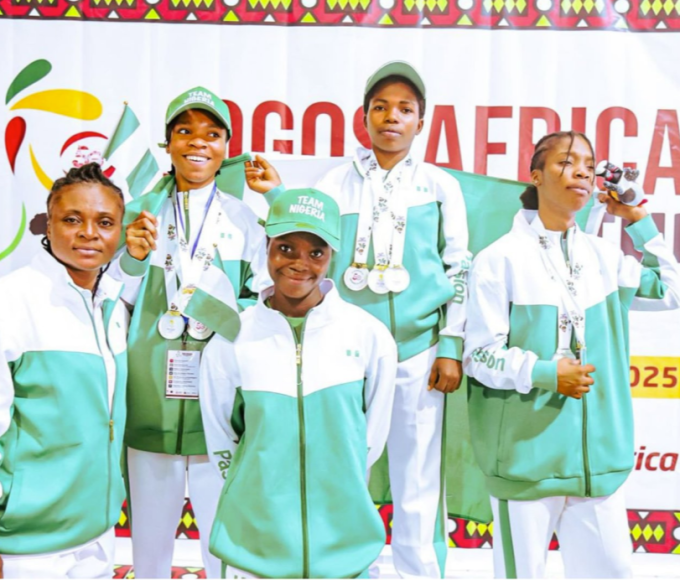



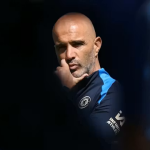
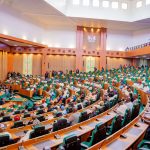





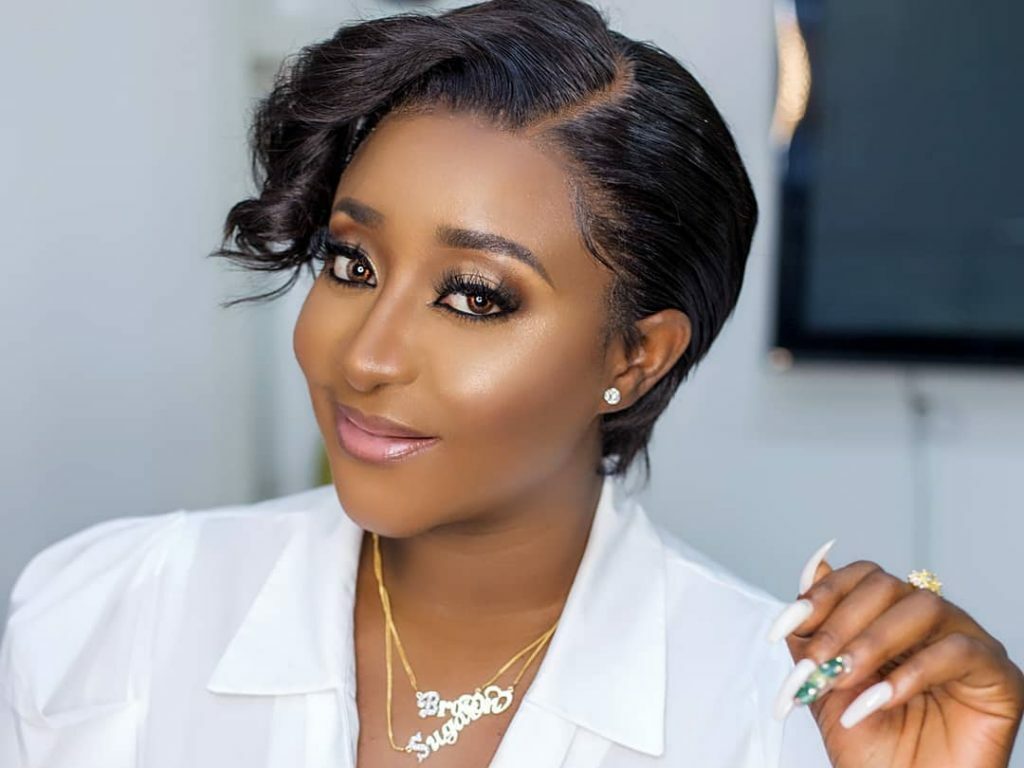

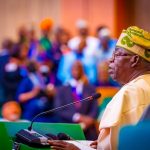

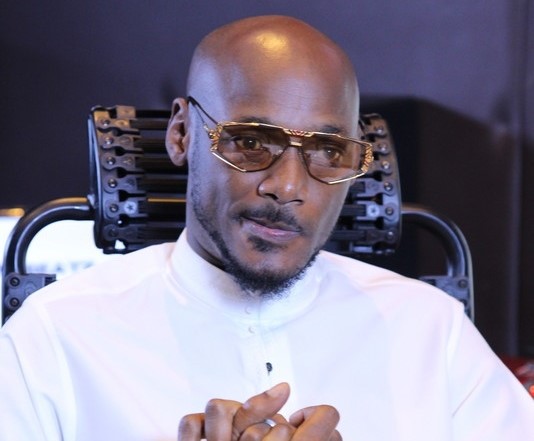
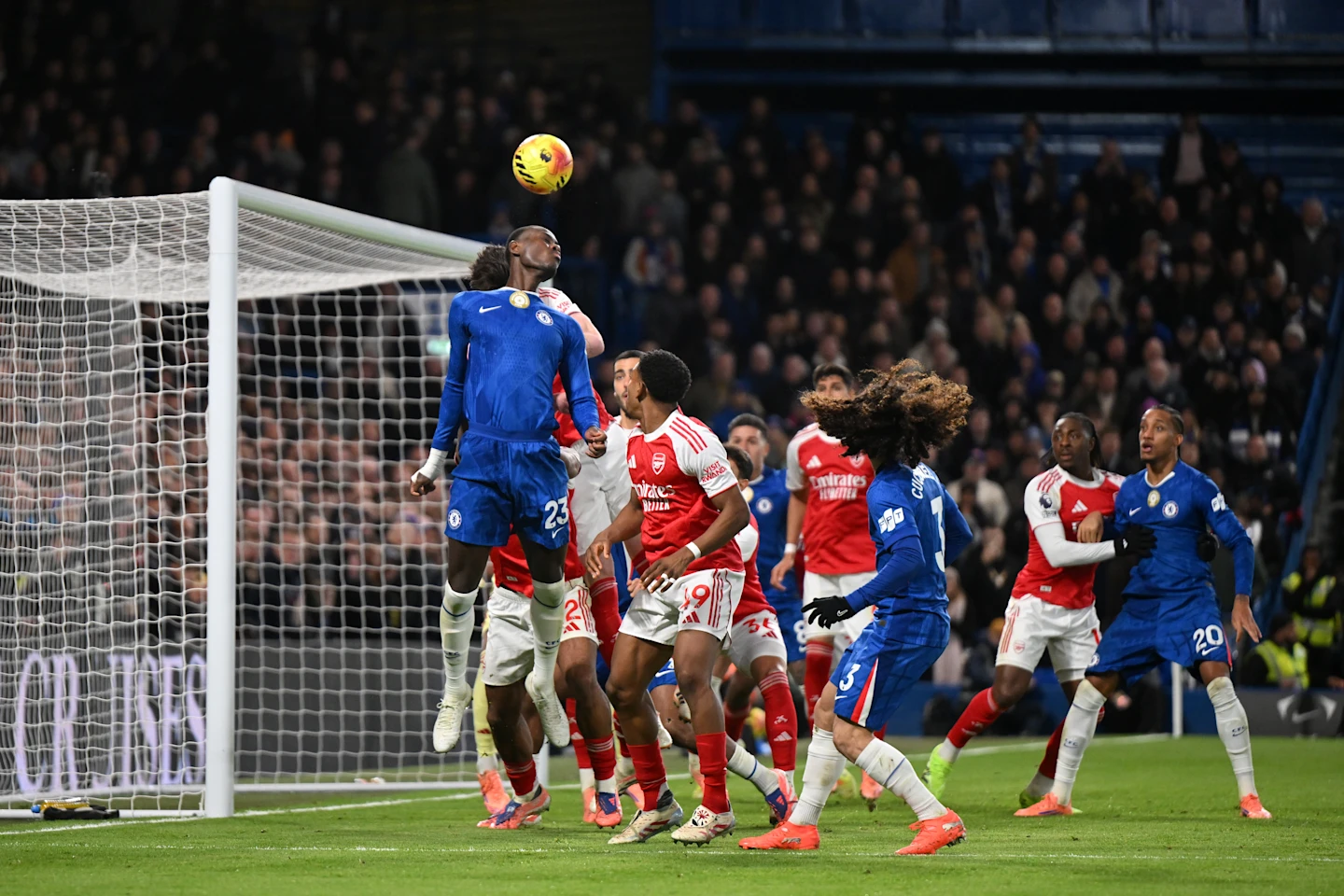
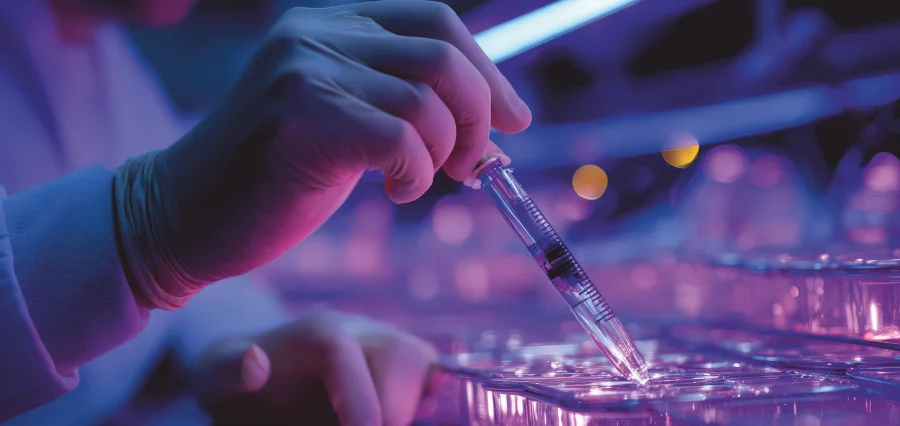
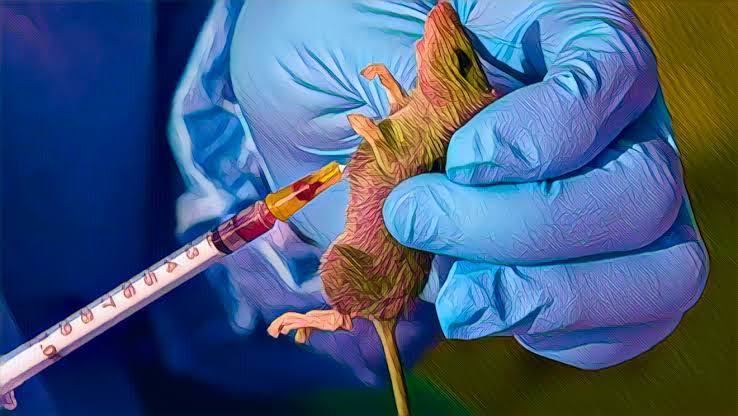
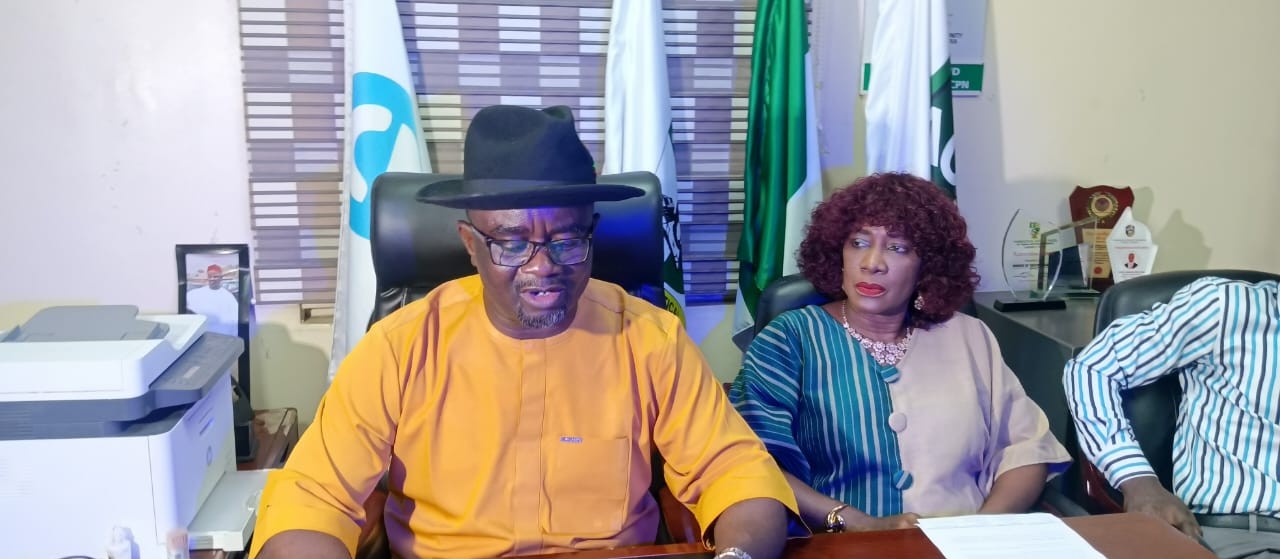
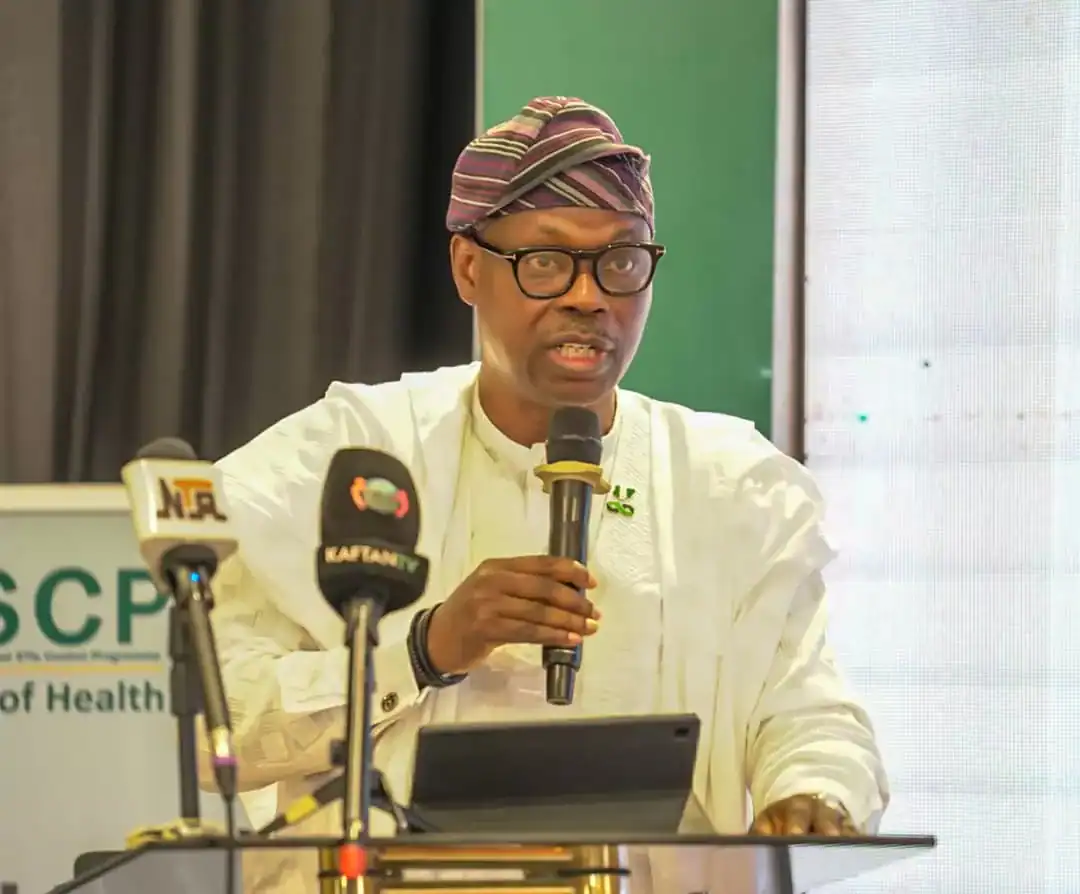
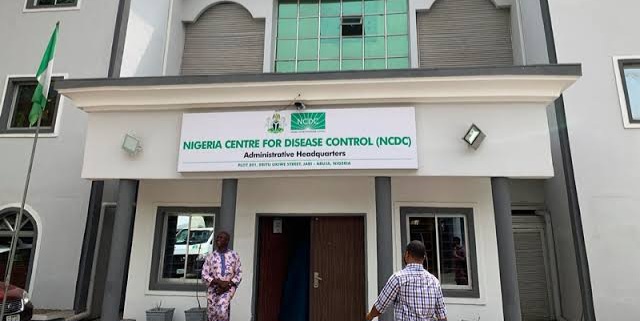
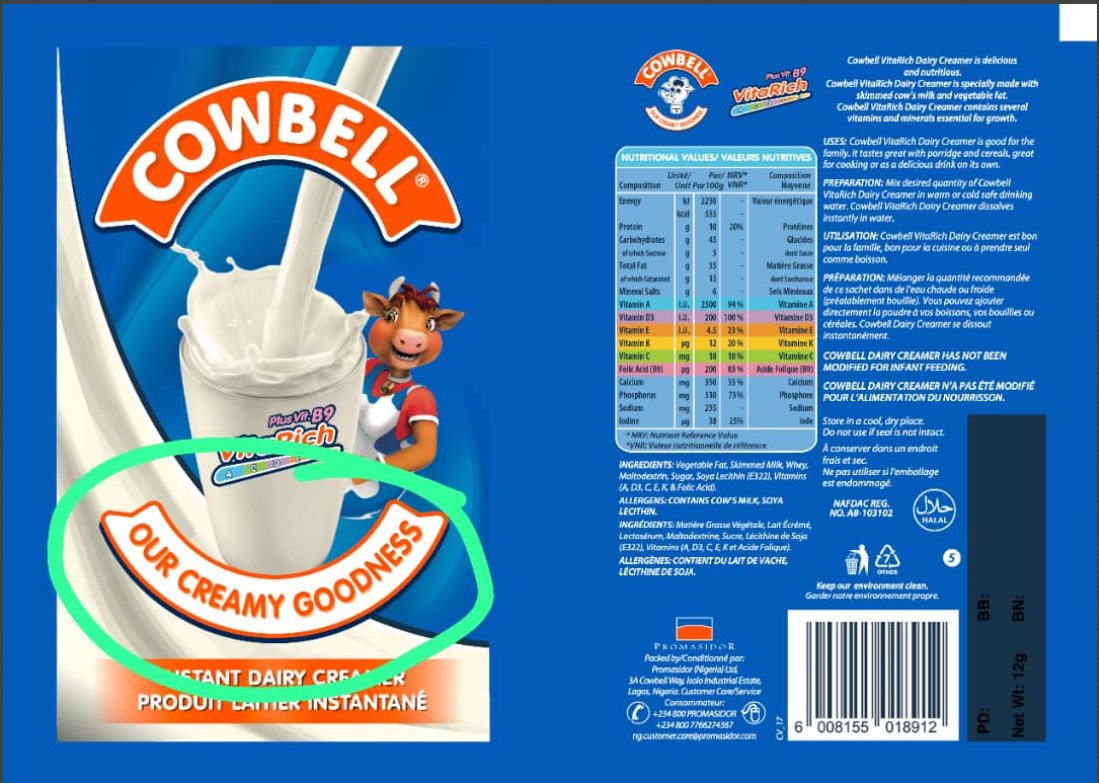
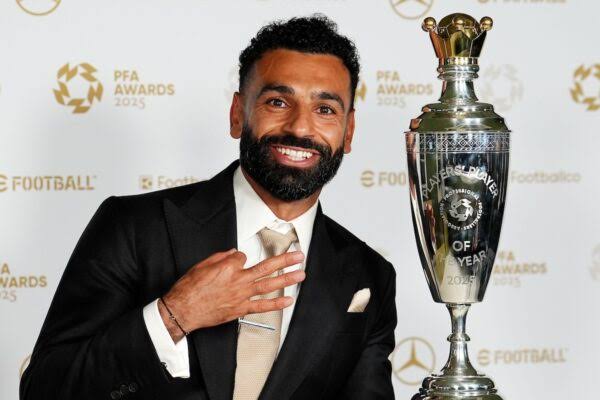
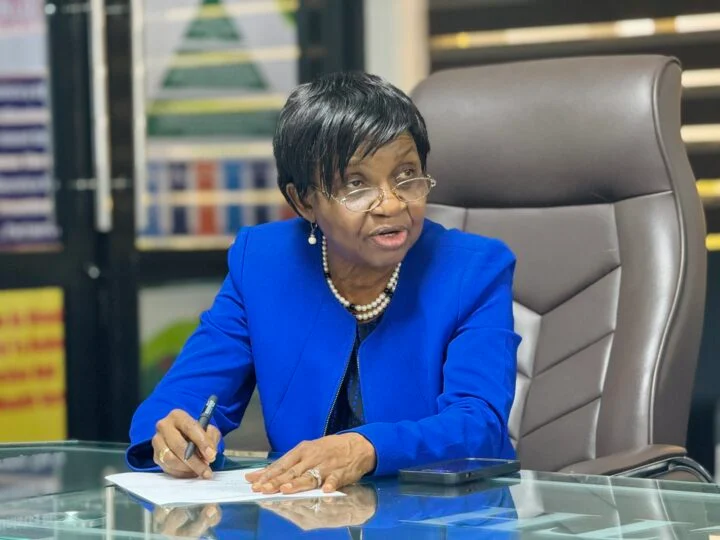
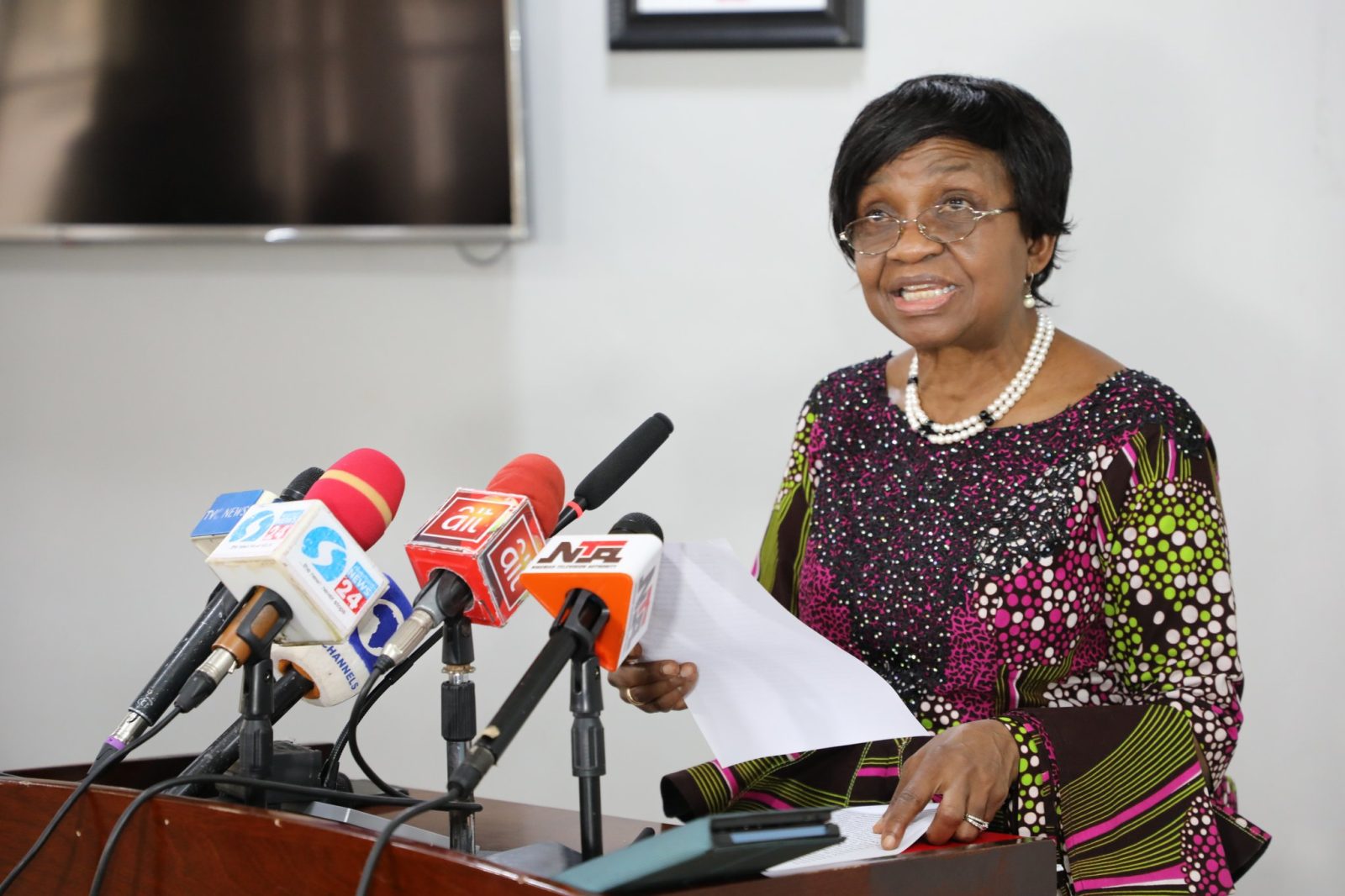
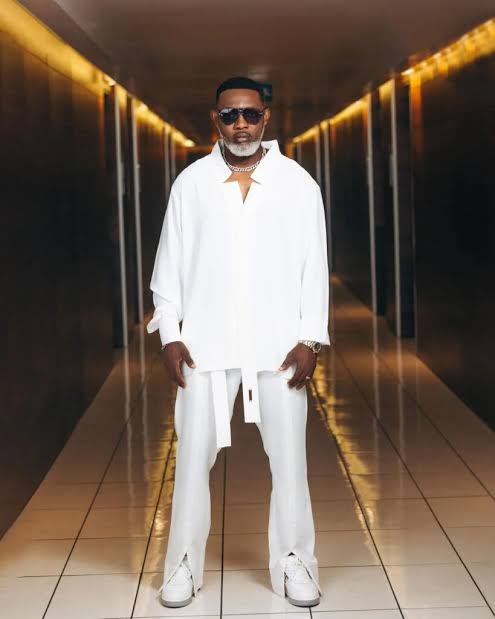
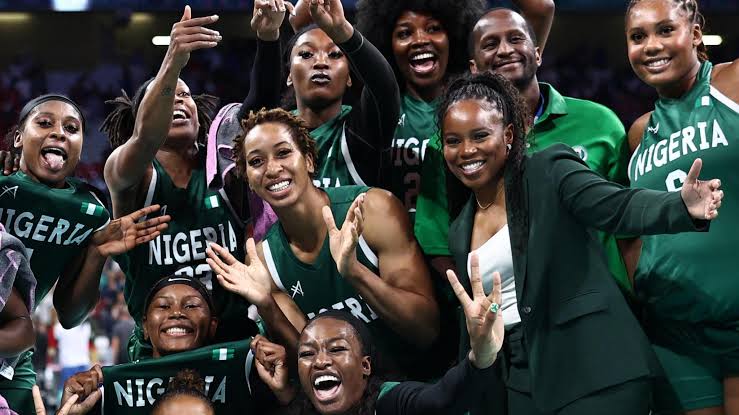

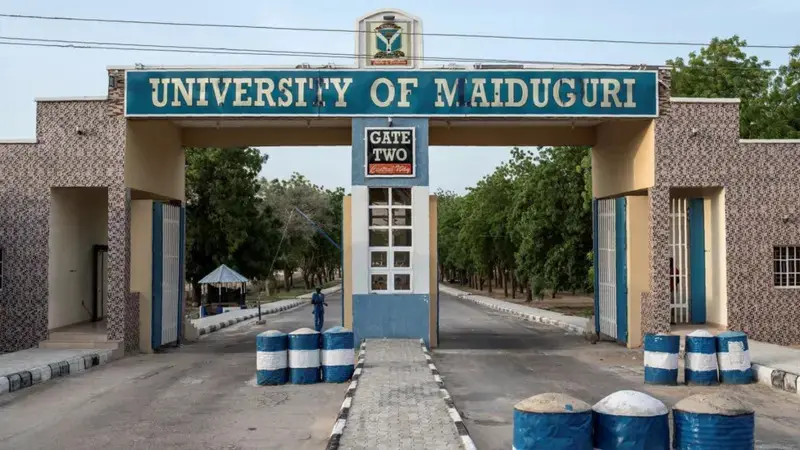
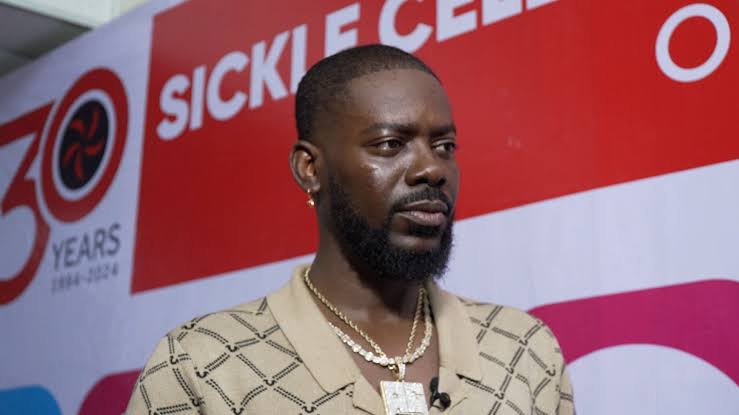
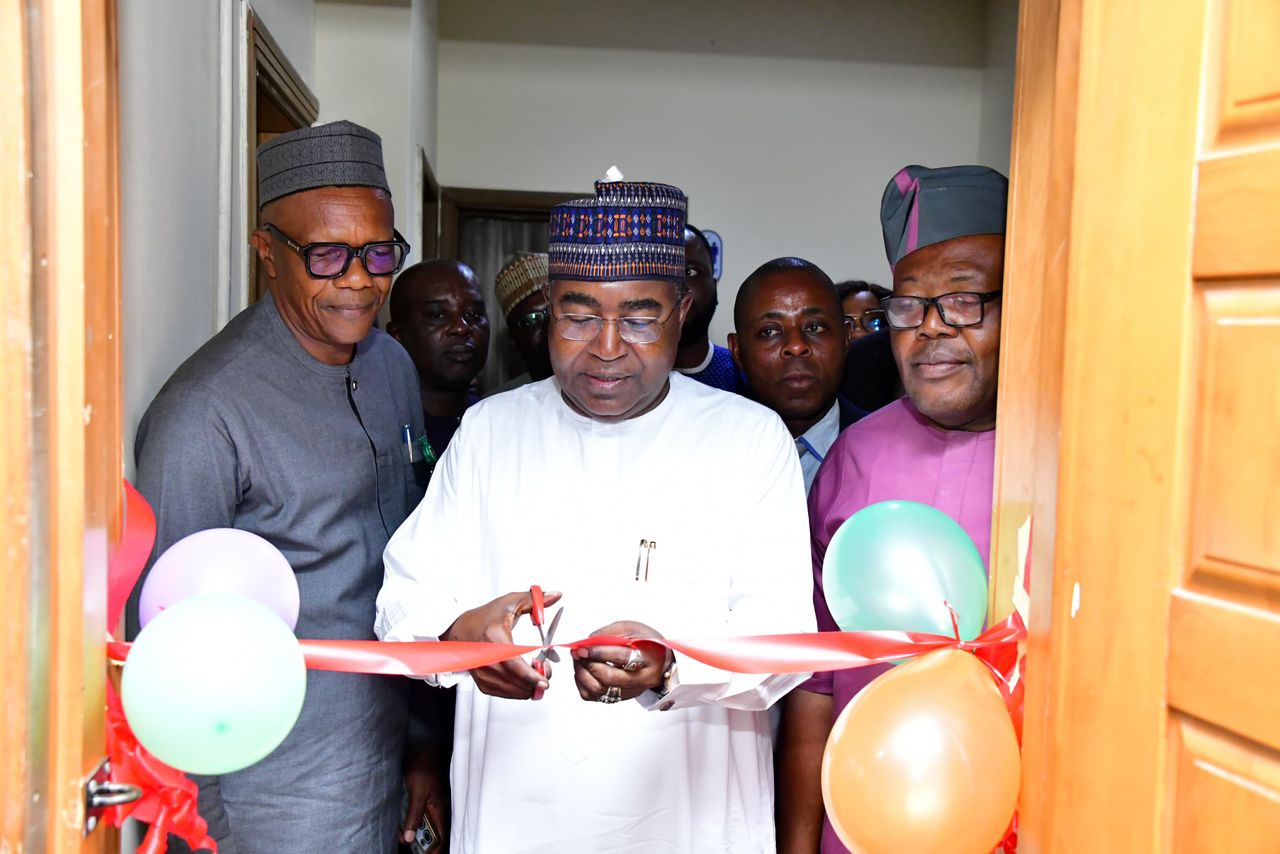

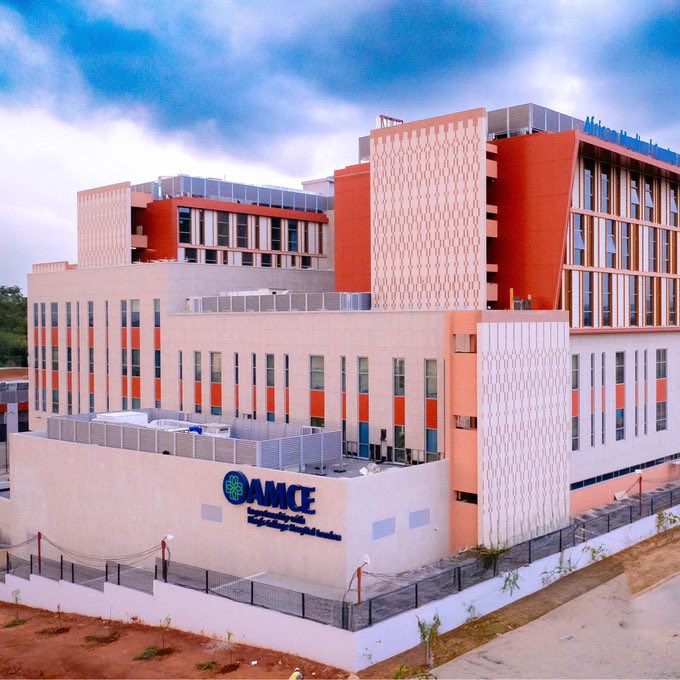
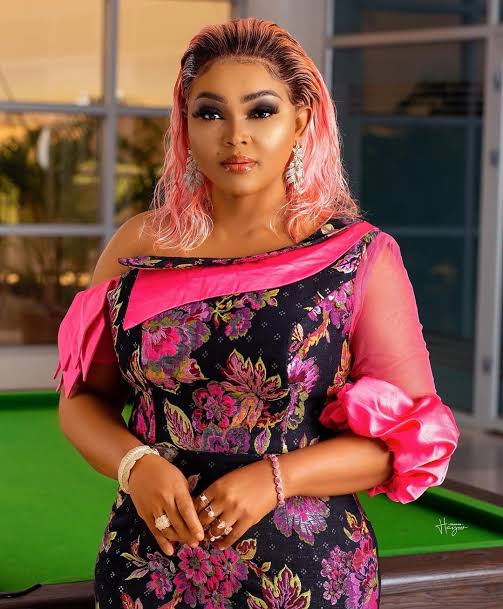
Leave a comment